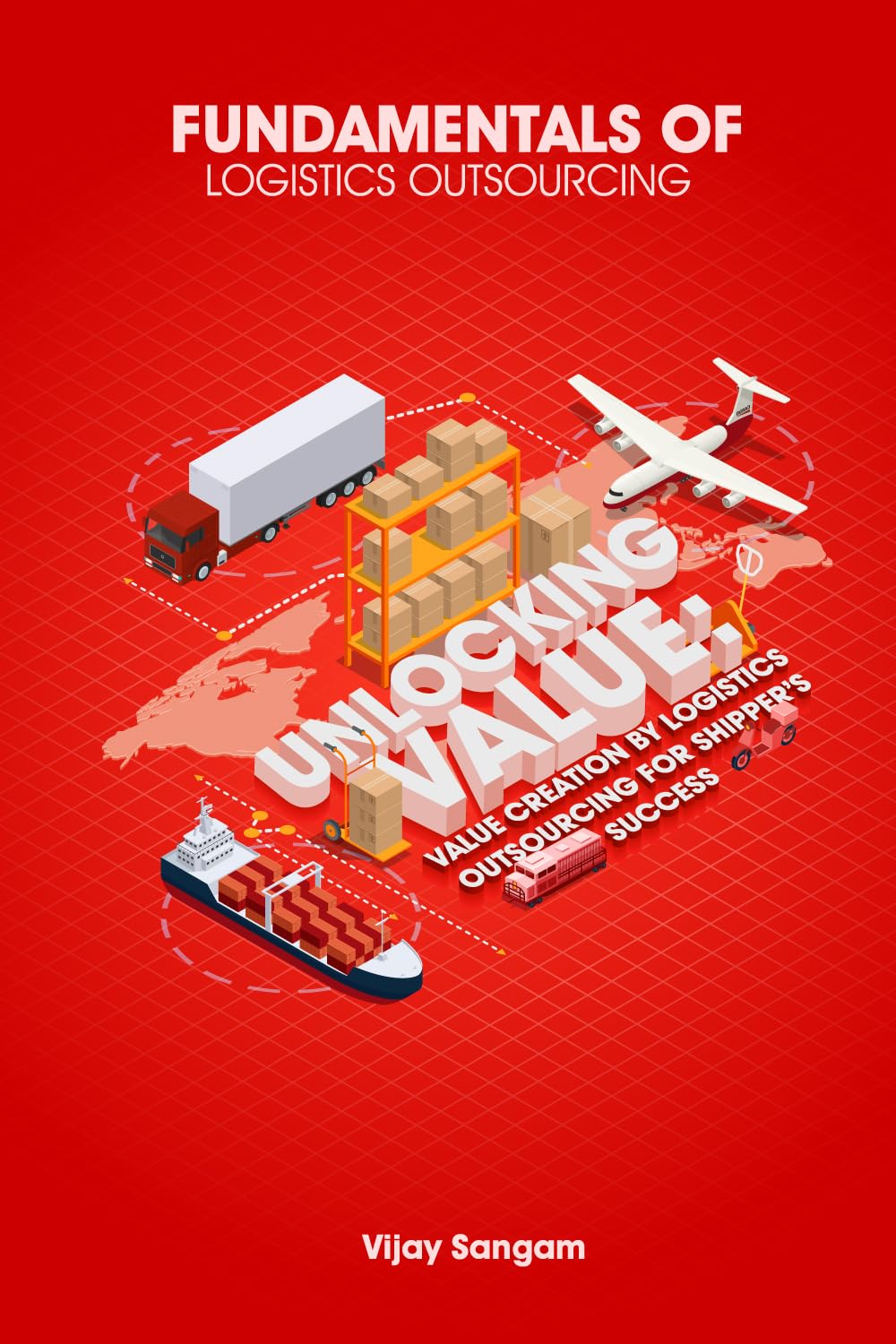
Outsourcing logistics and supply chain operations has become an increasingly popular strategy for companies looking to reduce costs and improve efficiency. With the right provider, outsourcing can deliver significant benefits. However, it also comes with risks that must be properly managed. Understanding the fundamentals of logistics outsourcing is key to determining if it is the right choice and implementing it effectively.
What is Logistics Outsourcing?
Logistics outsourcing involves a company working with an outside firm to manage all or part of its supply chain operations. This typically includes warehousing, transportation, freight forwarding, customs brokerage, and other related activities. The outsourced provider assumes responsibility for these functions, providing the personnel, technology, equipment, and management to execute them.
Companies outsource logistics for several potential benefits:
- Cost savings– Avoiding large capital expenditures in facilities, fleet, and technology needed to run in-house operations. Outsourcers can provide economies of scale.
- Flexibility– Ability to adjust supply chain capacity and capabilities as market conditions change. Don’t have to carry costs of excess facilities and labor.
- Focus– Lets companies concentrate resources on core competencies rather than supply chain management.
- Expertise– Gain access to advanced supply chain technology, systems, and management without investing in developing them internally.
- Global reach– Ability to expand into new territories quicker through outsourcer’s infrastructure and experience.
Types of Logistics Outsourcing
There are several ways companies utilize outsourced logistics providers:
- Third-party logistics (3PL)– A 3PL manages all or a significant portion of a company’s logistics operations under a contract. Among the most comprehensive outsourcing options, a 3PL essentially serves as a supply chain department for the organization.
- Fourth-party logistics (4PL)– A 4PL goes beyond just managing logistics activities to coordinate the entire supply chain. This includes monitoring and optimizing performance, integration, and collaboration across all supply chain partners.
- Lead logistics provider (LLP)– An LLP is accountable for planning and optimizing complex supply chain operations involving many 3PLs and other partners. They focus on strategic big picture optimization.
- Service logistics provider– These outsourcers specialize in specific supply chain services like transportation, warehousing, cross-docking, or freight consolidation. A company may utilize several SLPS for different needs.
Key Steps in the Logistics Outsourcing Process
Implementing logistics outsourcing follows a systematic process to yield the best results:
Strategic Assessment
- Determine supply chain strategy – Will outsourcing support overall strategic goals? Which activities provide competitive advantage to keep in-house?
- Identify areas for outsourcing – Where can outsourcing add value, reduce costs, and improve service levels?
- Analyze risks and impact on organization – Consider risks like loss of control and poor supplier performance.
Develop Outsourcing Requirements
- Specify logistics activities to outsource – Transportation, warehousing, inventory management, etc.
- Define required service levels – e.g. on-time delivery, order accuracy, maximum lead times
- Develop performance metrics and reporting needs – KPIs to track with regular reporting
- Create implementation timeline – Key milestones and transition steps
Select Provider
- Research potential providers – Capabilities, experience, reputation, stability, etc.
- Send out RFPs and compare bids
- Evaluate cultural fit – Important for collaboration and problem solving
- Conduct site visits if needed – View facilities, technology, systems, and personnel
- Negotiate contract – Cover costs, length, terms, performance requirements, etc.
Transition and Implementation
- Phase in operations – Pilot runs, parallel operations, staged handoffs
- Integrate systems and data sharing – e.g. WMS, ERP, tracking systems
- Establish procedures and communications protocols – Daily check-ins, escalation process
- Train staff and build relationships – Workshops, job shadowing, team building
Ongoing Management
- Regular performance reviews – Monitor KPIs, address issues immediately
- Communicate and collaborate – Openness and transparency between partners
- Evaluate against benchmarks – Utilize industry best practices as comparison
- Foster innovation and continuous improvement – Leverage outsourcer as a source of ideas and expertise
- Be prepared to course correct – Require contractual flexibility for changes in strategy or service needs
Outsourcing Risks and Mitigation Strategies
While outsourcing logistics can provide major benefits, it also comes with inherent risks. Proper planning and execution is key to avoiding common pitfalls like:
Loss of control – Require detailed reporting and the option for audits. Stay actively involved with outsourcer performance.
Hidden costs – Scrutinize all provider fees and charges during contract negotiation. Understand where add-ons often hide.
Service failures – Build in performance guarantees with penalties. Have contingency plans for business continuity.
Data security – Vet provider IT and data security. Encrypt data and limit access.
Poor personnel – Include right to approve key outsourcer staff. Assess skills and culture fit.
Inflexibility – Structure shorter-term contracts with easier exit options. Require innovation initiatives.
Critical Factors for Successful Outsourcing
Follow these best practices to maximize the likelihood of effective logistics outsourcing:
- Clear strategy alignment– Tied directly to supply chain objectives and broader corporate goals.
- Thorough due diligence– Don’t rush partner selection and leave no stone unturned evaluating providers.
- Performance transparency– Ensure open visibility into operations, issues, costs, data, etc.
- Active management– Stay engaged, share ideas, resolve problems collaboratively.
- Win-win structure– Contract terms and pricing model incentivizes good service and continuous improvement.
- Trust and ethics– Utmost level of trust between provider and outsourcer. Complete integrity.
- Ongoing improvement– Regularly assess performance metrics, procedures, systems, and relationship.
Conclusion
Logistics outsourcing offers great potential but requires careful analysis and planning to execute successfully. By understanding fundamental concepts like outsourcing types, implementation steps, risk mitigation, and success factors, companies can make informed decisions about pursuing outsourcing and maximize the strategic value. With the right outsourcing approach and partner, organizations can transform their supply chain operations to drive greater efficiency, lower costs, and enhanced customer service.


